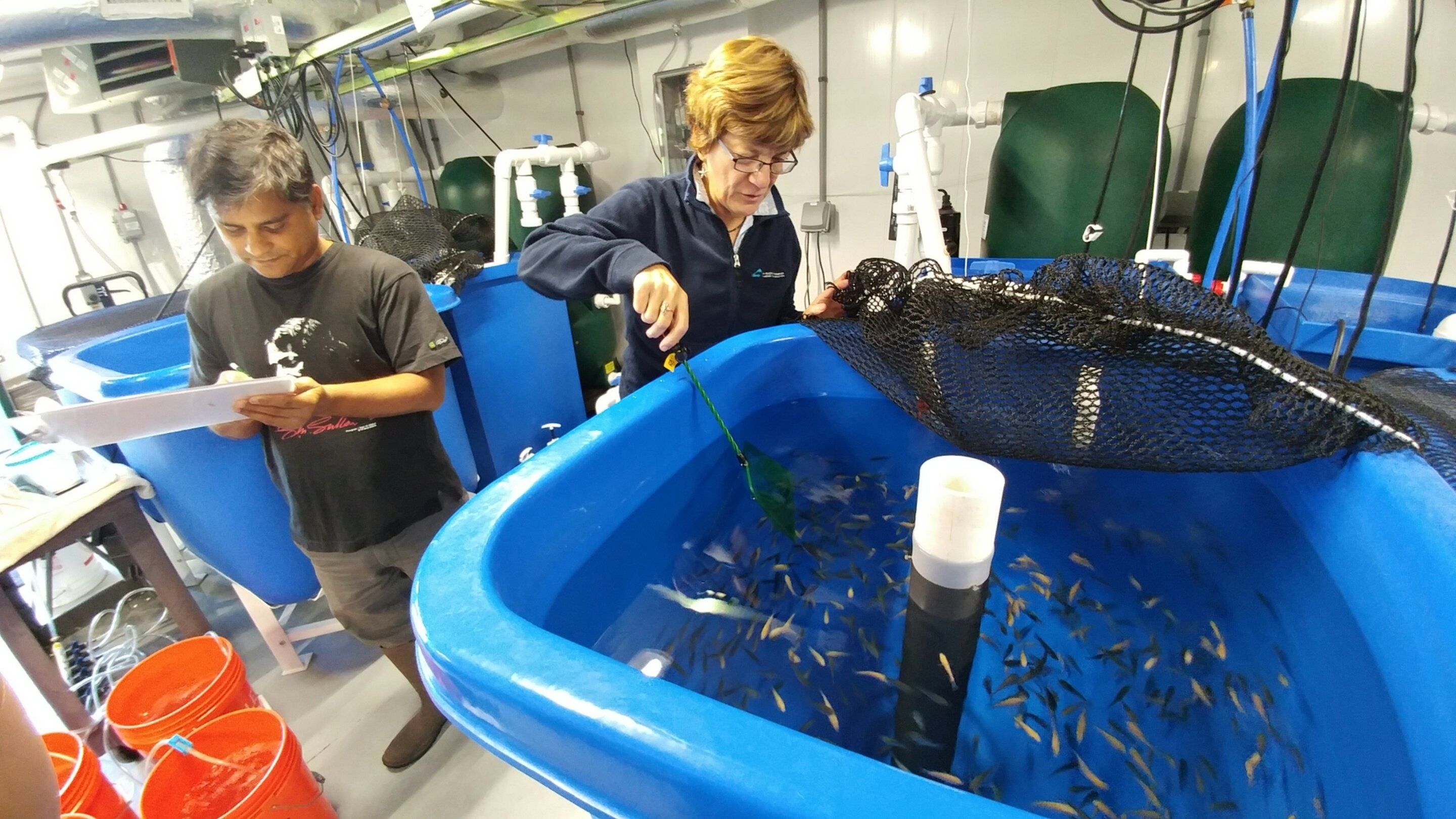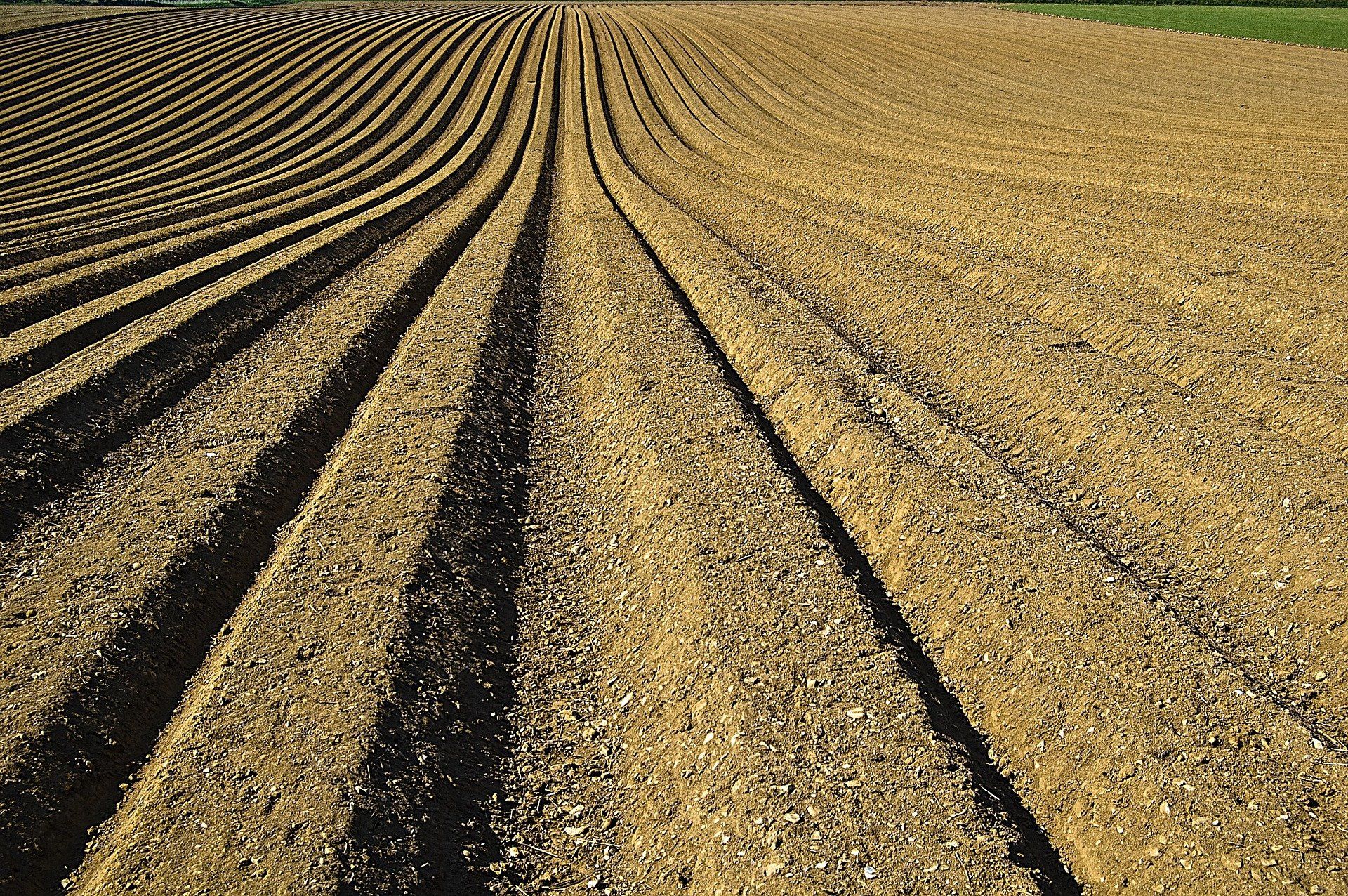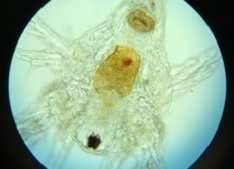The creation of lab-grown meat is getting more refined —we visited a lab to see just how close the process is to your plate.
Category: food – Page 302

Making aquafeed more sustainable: Scientists develop feeds using a marine microalga co-product
Dartmouth scientists have created a more sustainable feed for aquaculture by using a marine microalga co-product as a feed ingredient. The study is the first of its kind to evaluate replacing fishmeal with a co-product in feed designed specifically for Nile tilapia. The results are published in the open access journal, PLOS ONE.
Aquaculture is the world’s fastest growing food sector, surpassing the global capture fisheries production in 2014. It provides more than 50 percent of the food supply to humans; however, it poses several environmental concerns. Aquaculture feed (aquafeeds) draws on 70 percent of the world’s fishmeal and fish oil, which is obtained from small, ocean-caught fish such as anchovies, sardines, herring, menhaden, and mackerel¬, that are essential to the lower end of the marine food chain. Analysts project that by 2040, the demand for fishmeal and fish oil will exceed supply. Aquafeeds also draw on large amounts of soy and corn from industrial farms, which pose other environmental concerns due to the use of fertilizers and potential runoff into rivers, lakes and coastal waters. In addition, aquafeeds may trigger nutrient pollution in aquaculture effluent, as fish are unable to fully digest soy and corn, which are major feed ingredients.
To address the environmental sustainability concerns regarding aquafeed, a Dartmouth team has been developing sustainable feeds for Nile tilapia, which examine the effectiveness of replacing fishmeal and fish oil with different types of marine microalgae. Marine microalgae are excellent sources of essential amino acids, minerals, vitamins, and omega-3 fatty acids, and can therefore, meet the nutrient requirements of fish. Omega-3 fatty acids are important for maintaining fish health; they also have neurological, cardiovascular and anti-cancer benefits to humans.
The Dark Secret These Corporations Are Hiding From You
This is a must watch video. It tells a painful truth of our real world. It is worth the watch. Please pass this video along if you are so inclined.
Excerpt: You live in a world of drug dealers. Only the drugs can be bought legally, and are perfectly priced to prevent you from inquiring into other areas. Your society exhibits a wealth of negative side effects from these drugs. Yet the bulk of your population still continues to use our products, even after they’ve shown themselves to be harmful. You live in a population that continues to grow more restless, agitated, and depressed, in part from eating our goodies and treats. Treats that are called “superstimuli” as the stimulus it produces inside your brain vastly exceeds the natural stimuli humans received throughout evolution, from natural foods.
*** I do this full time with the help of your donations or patronage. Your help is profoundly appreciated, and truly does help these videos continue, thank you!

Global study shows environmentally friendly farming can increase productivity
A major new study involving researchers from the University of York has measured a global shift towards more sustainable agricultural systems that provide environmental improvements at the same time as increases in food production.
The study shows that the sustainable intensification of agriculture, a term that was once considered paradoxical, delivers considerable benefits to both farmers and the environment.
The study, published in the leading journal Nature Sustainability, involved researchers from 17 universities and research institutes in the UK, USA, Sweden, Ethiopia and New Zealand.
The plastic waste crisis is an opportunity for the U.S. to get serious about recycling at home
A global plastic waste crisis is building, with major implications for health and the environment. Under its so-called “National Sword” policy, China has sharply reduced imports of foreign scrap materials. As a result, piles of plastic waste are building up in ports and recycling facilities across the United States.
In response, support is growing nationally and worldwide for banning or restricting single-use consumer plastics, such as straws and grocery bags. These efforts are also spurred by chilling findings about how micro-plastics travel through oceans and waterways and up the food chain.
I have studied global trade in hazardous wastes for many years and am currently completing a book on the global politics of waste. In my view, today’s unprecedented level of public concern is an opportunity to innovate. There is growing interest in improving plastic recycling in the United States. This means getting consumers to clean and sort recyclables, investing in better technologies for sorting and reusing waste plastics, and creating incentives for producers to buy and use recycled plastic.


Human wastewater valuable to global agriculture, economics, study finds
It may seem off-putting to some, but human waste is full of nutrients that can be recycled into valuable products that could promote agricultural sustainability and better economic independence for some developing countries.
Cities produce and must manage huge quantities of wastewater. Researchers at the University of Illinois at Urbana-Champaign have developed a model to clarify what parts of the world may benefit most from re-circulation of human-waste-derived nitrogen, potassium and phosphorus from cities and back into farm fields. They report their findings in the journal Nature Sustainability.
“We grow our crops in the field, apply nutrient-rich fertilizers, eat the crops, excrete all of the nitrogen, phosphorus and potassium and then those nutrients end up at the wastewater treatment plant,” said Jeremy Guest, a civil and environmental engineering professor and study co-author. “It is a very linear, one-directional flow of resources. Engineering a more circular nutrient cycle would create opportunities that could benefit the environment, economy and agriculture.”

A way to get green revolution crops to be productive without needing so much nitrogen
A team of researchers from the Chinese Academy of Sciences, the Academy of Agriculture and Forestry Sciences in China and the University of Oxford in the U.K. has found a way to grow green revolution crops using less nitrogen with no reduction in yield. In their paper published in the journal Nature, the group describes their research efforts and the results they found when planting newly developed plant varieties. Fanmiao Wang and Makoto Matsuoka with Nagoya University offer a News & Views piece on the work done by the team in the same journal issue.
The green revolution was characterized by big increases in crop production in developing countries—it came about due to the increased use of pesticides, fertilizers and changes in crop varieties used. One of the changes to the crops came about as rice and wheat plants were bred to grow less tall to prevent damage from wind and rain. While this resulted in improved yields, it also resulted in the use of more nitrogen-based fertilizers, which are environmentally harmful. In this new effort, the researchers wondered if it might be possible to re-engineer green-revolution crop varieties in such a way as to restrict height and therefore retain high productivity, while also using nitrogen more efficiently.
Prior research had shown that proteins in the DELLA family reduced plant growth. Crop breeding in the 1960s led to varieties of rice and wheat with genetic mutations that allowed the proteins to build up in the plants, thus stunting their growth. Unfortunately, DELLA proteins have also been found to be the cause of inefficient nitrogen use in the same plants—as a result, farmers used more of it to increase yields. To overcome this problem, the researchers crossbred varieties of rice to learn more, and found that the transcription factor OsGRF4 was associated with nitrogen uptake. Using that information, they engineered some varieties of rice to express OsGRF4 at higher levels, which, when tested, showed higher uptake of nitrogen. The team then planted the varieties they had engineered and found that they required less nitrogen to produce the same yields—and they were just as stunted. They therefore claim that it is possible to grow green-revolution crops that require less nitrogen.

I almost died from a leading American killer: Choking on food
I have a very important and scary story to share I wrote. Give it a read. It’s published the Napa Valley Register (the main paper of a community where my wine business is newly located). The article is about one of the most common and unexpected ways people around the world die. I almost did.
I recently completed a European speaking tour discussing transhumanism, a social movement whose primary goal is to live as long as possible through science.
Ironically, I’ll probably remember the month-long tour most for a specific 60 seconds—when I almost choked to death on thick, leathery bread in a German restaurant. This may be surprising, but the fourth-leading cause of unintentional death in America is asphyxiation from choking on food, according to the National Safety Council.
In fact, a few years ago, a high school friend of mine who was a talented athlete died when meat became lodged in his windpipe. In total, approximately 2,500 Americans perish every year from choking on food.
Most people never worry about the mechanics of how food travels from the mouth to the stomach—many of us have eaten tens of thousands of times without serious incident. But in today’s modern society, with a range of new types of foods and textures, and the fact many of us are always in a rush (like I was constantly on my speaking tour), people should consider choking dangers far more. People should also know that they can choke on a wide variety of foods that accidentally get stuck in the trachea instead of going down the esophagus.

European aquaculture to benefit from a better quality of live feed
The aquaculture sector is growing, with fish farming being a key way to ensure Europe gets the quality food it needs without exploiting marine resources further. One key problem the industry faces is how to get the immature fish though their first few months – one EU project may be about to smooth the way.
Aquaculture is a growing market within the EU, bringing employment and providing a sustainable source of fish at a time when our marine life is under pressure. The main bottle-neck for the production of marine fish is the juvenile phase, especially during the time in which live diets are used. Even the established species, sea bream and sea bass, have a very low survival rate with an average of 25 percent. For new species in aquaculture, such as amberjack and tuna, the mortality is even higher.
The natural first feed for most fish larvae is crustacean nauplii, the offspring of many types of crustacean zooplankton. Fish larvae is evolutionary adapted to such a diet, and it is believed that this type of prey fulfils the fish larva’s nutritional requirements.